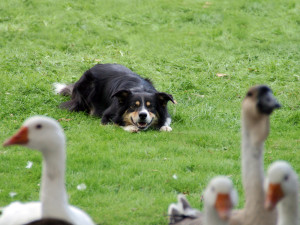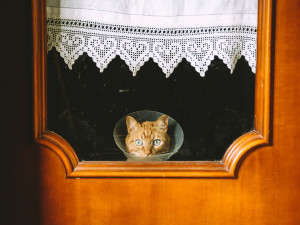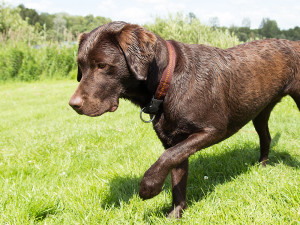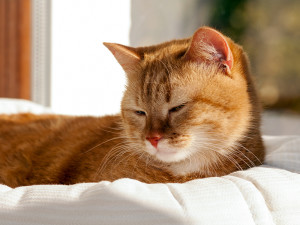Cats Who Consumed Raw Milk Died From Bird Flu, Reports the CDC
Unpasteurized milk can transmit avian influenza from cows to mammals.
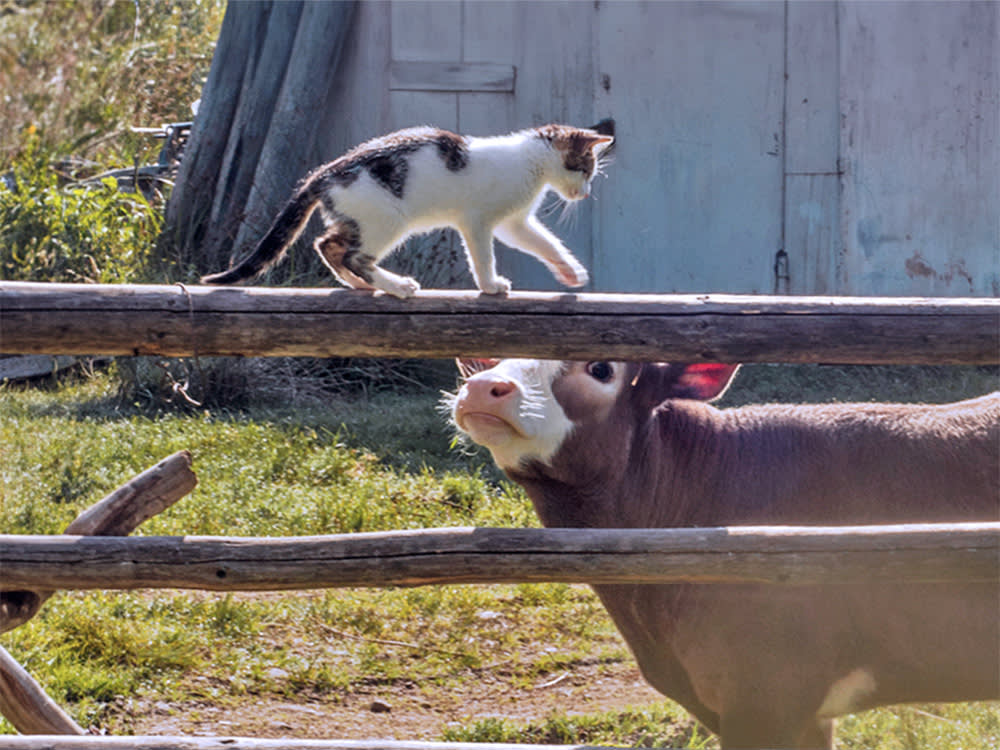
share article

Your pet wants you to read our newsletter. (Then give them a treat.)
Last week, the public was startled to learn that commercial milk had tested positiveopens in a new tab for the presence of the H5N1 virus, aka “avian influenza,” aka “bird flu.”opens in a new tab Luckily, the pasteurization process had inactivated the virus, so the fragments left in the milk weren’t infectious. This meant there was no real risk for those who consumed it, but raw milk, on the other hand, can carry the live virus. This week, cats at a dairy farm in Texas contracted bird flu opens in a new tabafter drinking cow’s milk, and more than half of the cats died.
How are cats getting bird flu?
The Centers for Disease Control and Prevention (CDC) released a reportopens in a new tab explaining that cross-species contamination is possible when raw, unpasteurized milk produced by cows who have been infected with bird flu is consumed by other mammals.
In Texas, cows showed symptoms of bird flu when they began eating less and producing milk that was thickened and yellow. Several of the cows died. Within one day of the cows getting sick, cats who were fed milk from infected cows also fell ill. “Antemortem clinical signs in affected cats were depressed mental state, stiff body movements, ataxia, blindness, circling, and copious oculonasal discharge,” reported the CDC. There were about 24 cats on the farm who drank milk from infected cows, and half of these cats died.
The news is worrying; in the past, it was thought that cats were infected with bird flu primarily by eating sick or infected birds. “Although exposure to and consumption of dead wild birds cannot be completely ruled out for the cats described in this report, the known consumption of unpasteurized milk and colostrum from infected cows … make milk and colostrum consumption a likely route of exposure,” the CDC wrote. “Therefore, our findings suggest cross-species mammal-to-mammal transmission of HPAI H5N1 virus and raise new concerns regarding the potential for virus spread within mammal populations.”
Can dogs and cats pass bird flu to humans?
It’s possible, but very rare, for people to become infected with bird flu from contact with other mammals. Usually, bird flu is acquired from direct, unprotected contact with sick birds. There have been no instances of human-to-human spread during this most recent outbreak and only one possible caseopens in a new tab of cow-to-human transmission — which would be the first known instance of cow-to-human spread. “Animals other than birds are considered ‘dead-end hosts,’ meaning that while they may show symptoms of the virus, the virus cannot infect them as efficiently as it does in birds, and therefore these other species are less likely to be able to spread the virus to others,” veterinarian Dr. Amy Fox saidopens in a new tab.
In light of the new outbreaks, the CDC has released new guidanceopens in a new tab for veterinarians handling cats who may be infected with bird flu, recommending that they wear goggles, gloves, and particulate respirators (like N95 masks). “While it’s unlikely that people would become infected with bird flu viruses through contact with an infected wild, stray, feral, or domestic cat, it is possible — especially if there is prolonged and unprotected exposure to the animal,” said the CDC. “Sick animals may be able to transmit influenza virus to people in their saliva, feces or droppings, and other body fluids. Human infections can occur when the virus is inhaled or gets into a person’s eyes, nose, or mouth.”
What are the symptoms of bird flu in dogs and cats?
It’s extremely unlikely that your pet will become infected with bird flu, but if you live on a dairy farm or your pet has close contact with cows and birds, there are some signs to look out for. “Some signs could include fever, lethargy, difficulty breathing, coughing, runny nose, and/or signs of conjunctivitis which includes red eyes, eyes that appear squinty or sealed shut, and/or eyes with goopy greenish yellow discharge,” Dr. Fox said. Lethargy, depression, and extreme confusion are other potential symptoms.
If your pet shows symptoms of illness after exposure to birds or cows who may have avian influenza, they should see a veterinarian.
The CDC recommends not consuming raw milk, unpasteurized cheeses, or undercooked meat — that goes for you and your pets. Pasteurized milk is still considered safe, and properly cooked poultry (to 165˚F) is also safe; the pasteurization and cooking processes kill bacteria and viruses.

Sio Hornbuckle
Sio Hornbuckle is a writer living in New York City with their cat, Toni Collette.
Related articles
![A happy woman is lying on a bed, her dog smelling her face.]() opens in a new tab
opens in a new tab9 Diseases You Can (and Definitely Can’t) Catch From Your Dog
Here’s what you can scratch off your “Worry About This” list.
![Uncomfortable looking gray cat sitting on a window sill]() opens in a new tab
opens in a new tabShould Your Cat Go to the ER?
Here are six good reasons to haul tail to the emergency room.
![cat with cone after vet visit]() opens in a new tab
opens in a new tabDoctor’s Orders: Cat Vet Visits Are Essential
Get thy cat to a vet, even if it’s a struggle to get them out the door.
![Brown Labrador lifting front leg]() opens in a new tab
opens in a new tabHow to Get a Head Start on Your Pet’s Health
Spot lumps, limps, and lethargy early on.
![Red cat with squinted eyes laying in a basket closeup]() opens in a new tab
opens in a new tab6 Ways Your Cat Could Tell You They Are in Pain
Here are all the way your kitty is trying to tell you they’re hurting.
